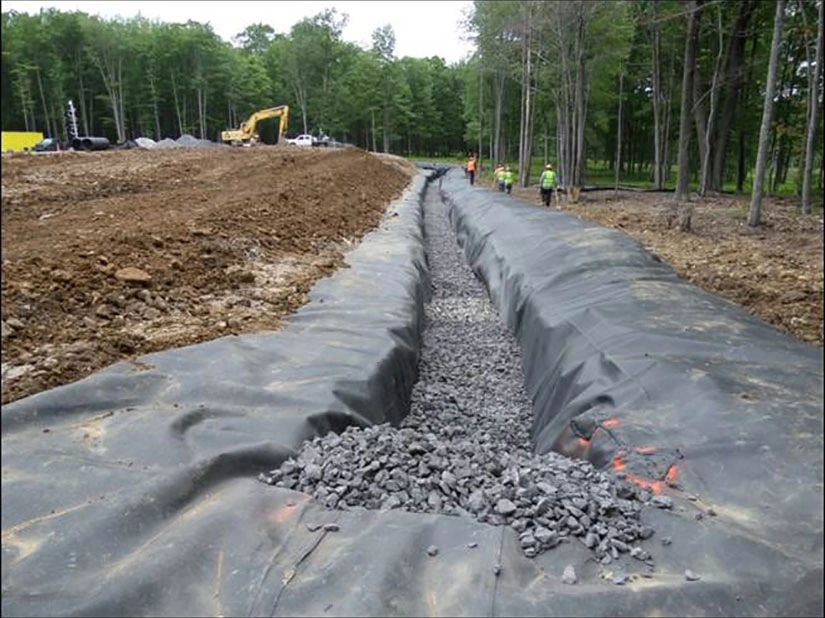Rapid Response to Frac Tank Spill
Client Challenge
An independent oil and natural gas company is committed to operating in a safe and sustainable manner across its operations. The company has relied on GES to provide an array of consulting and field services related to health, safety, and environmental compliance at shale play development sites in the U.S. When an overflow occurred from production wastewater tanks at a Marcellus Shale play development site, approximately 1,000 gallons of flowback water impacted on- and off-site soil and groundwater. Fast and appropriate action was needed to evaluate and protect a nearby high-quality fish migratory stream.
GES Solution
GES worked closely with the company, its wastewater contractor, and regulatory personnel to conduct initial response activities that included surface impact delineation, soil excavation, and investigation of potential surface-water and groundwater impacts. GES then turned its focus to the design and implementation of a permanent and expanded water collection system that would prevent any further off-site impacts from potential seeping or runoff from the well pad.
The system was designed to manage both seep and stormwater volumes. An existing water collection trench was expanded to provide increased volume capacity. The trench, lined with a high-density polyethylene (HDPE) geomembrane and stone, safely directs any collected water to a sump, from which it is pumped to frac tanks for permitted off-site disposal. Enhanced controls are provided by pump monitoring equipment that automatically transmits real-time data related to flow, level control, and conductivity into a centralized supervisory control and data acquisition (SCADA) system.
Client Value
The design concept for the water collection system was completed within four days, with GES managing the constructed solution on an aggressive schedule, as per client requirements. GES responded quickly and professionally to the spill report, and worked diligently with all stakeholders to minimize damages, meet regulatory requirements, and implement protections against future environmental impacts.
